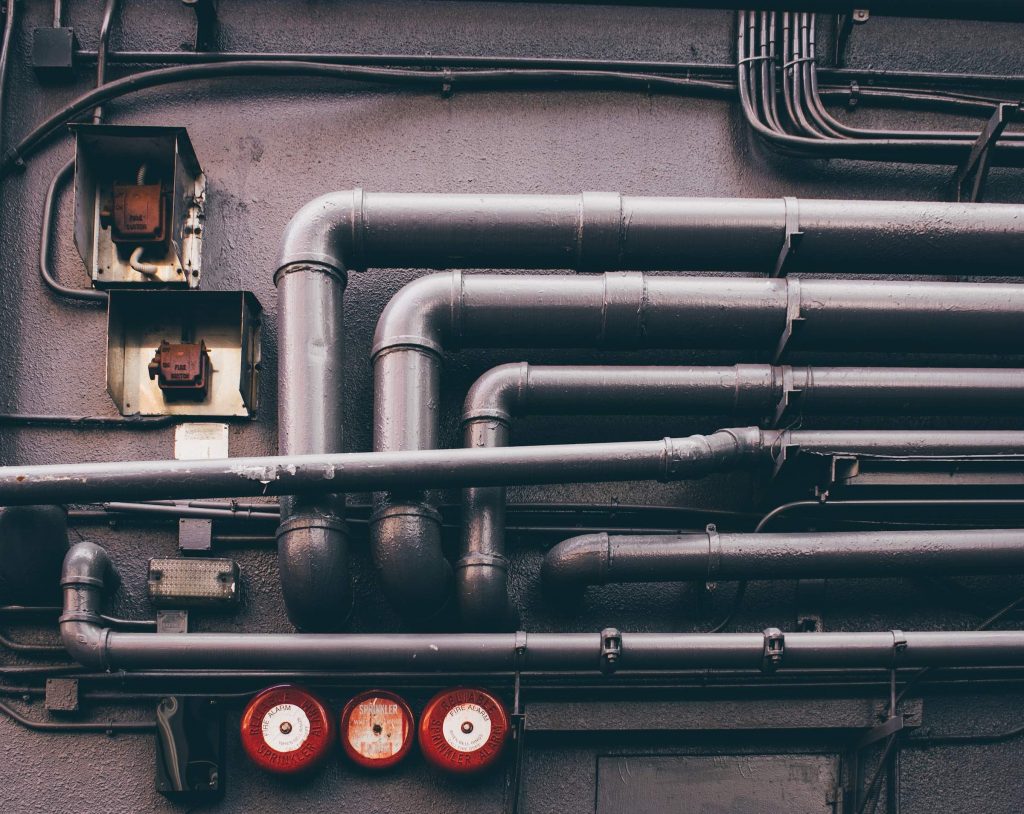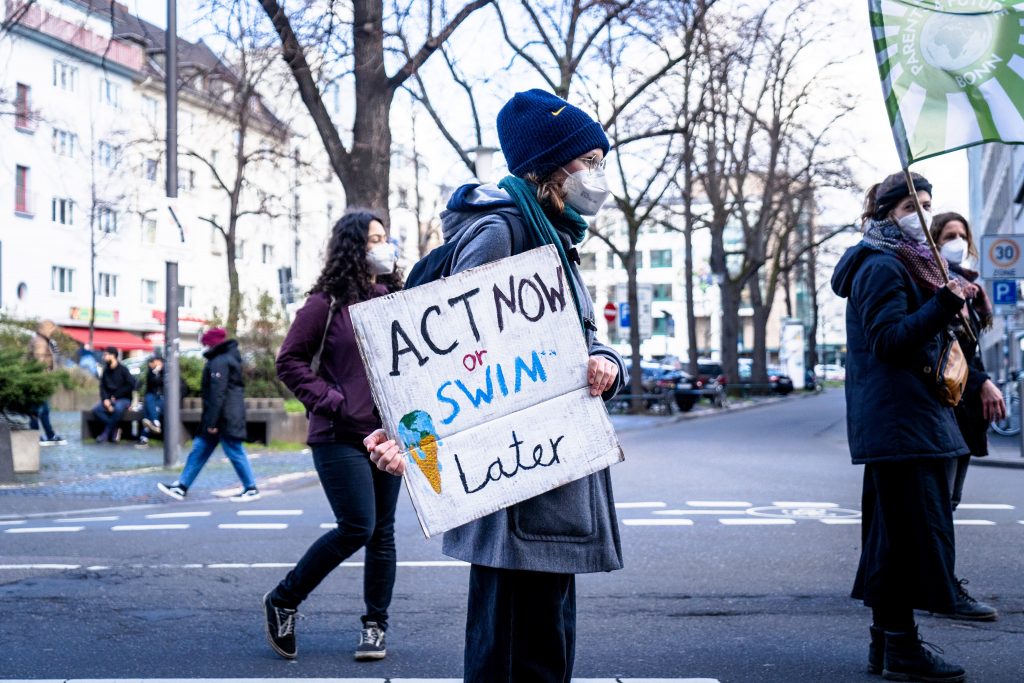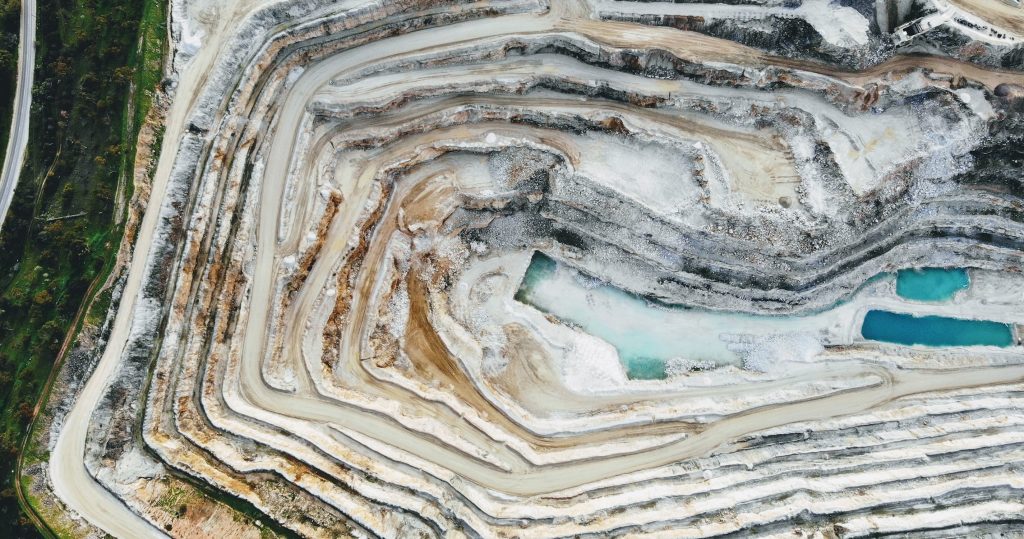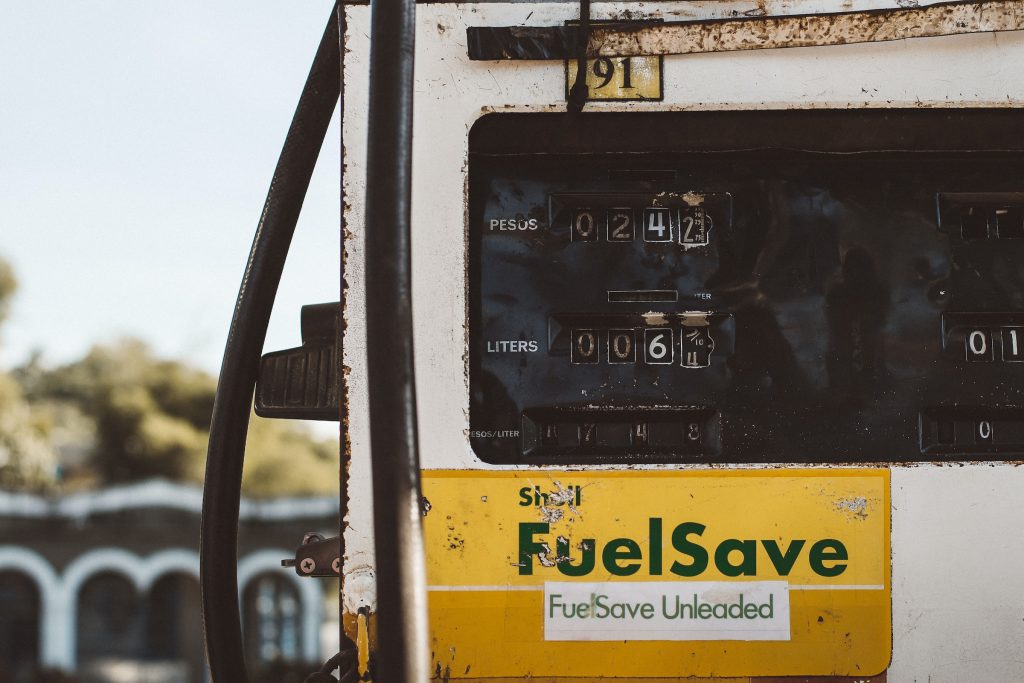
Energy efficiency: The low hanging fruit
Decoupling emissions from economic growth is seen as a key requisite for meeting climate targets. How do we achieve this? “Energy efficiency resources are infinitely expendable resources of ideas, depleting only stupidity, a very abundant resource,” says Amory Lovins.











